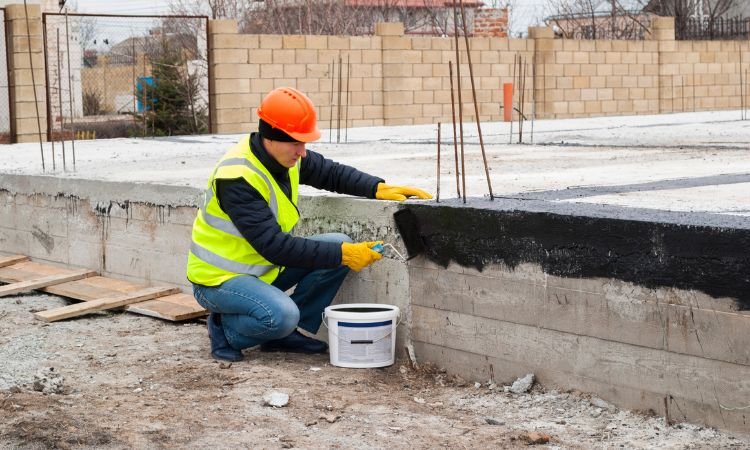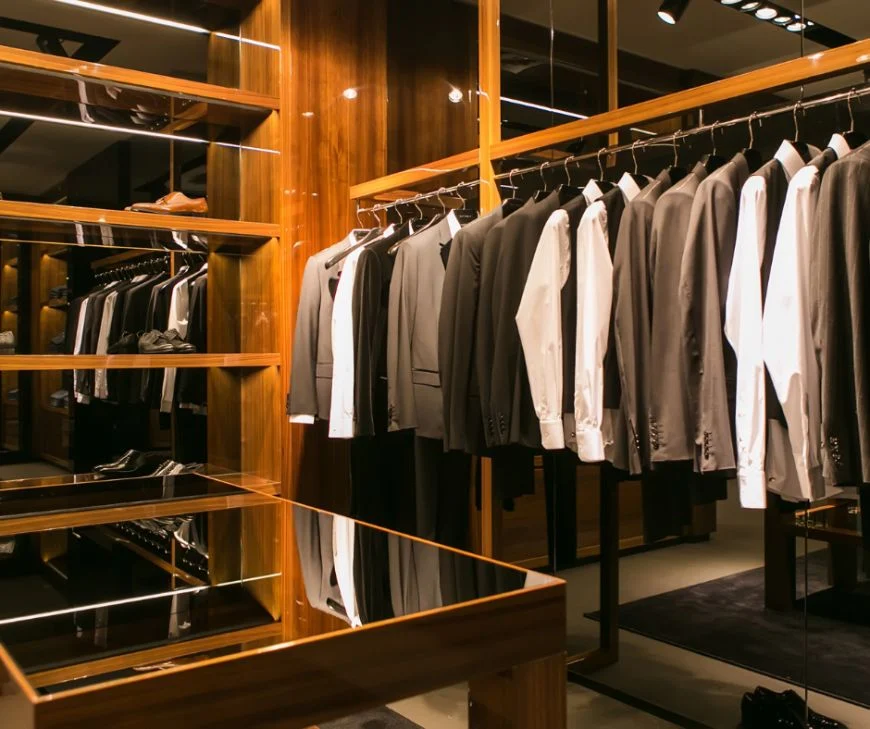The Latin America waterproofing market size stood at a value of USD 2.53 Billion in 2024. The market is further expected to grow at a CAGR of 5.30% in the forecast period of 2025-2034, reaching a value of USD 4.24 Billion in 2034. Waterproofing is a critical element in the construction and infrastructure sectors, offering protection against water damage and ensuring the durability of structures. As urbanization increases, coupled with a rising demand for sustainable and resilient construction materials, the waterproofing market in Latin America is experiencing significant growth. This blog post explores the various aspects of the Latin American waterproofing market, including its segmentation by type and application, regional dynamics, market drivers, competitive landscape, and future growth projections.
Market Overview
Waterproofing involves applying materials or coatings to surfaces to prevent water ingress, ensuring the longevity and structural integrity of buildings and infrastructure. It plays an essential role in the construction industry, safeguarding structures such as roofs, walls, tunnels, and bridges from water damage, which can lead to costly repairs and deterioration over time.
In Latin America, the waterproofing market has witnessed steady growth, driven by increasing infrastructure development, rising urbanization, and a growing awareness of the importance of water-resistant materials in construction. Additionally, the trend toward sustainable and energy-efficient buildings further propels the adoption of advanced waterproofing technologies.
Despite the positive outlook, the market faces challenges such as high upfront costs associated with waterproofing materials, technical complexities in their application, and regulatory hurdles. Nevertheless, the long-term benefits of waterproofing, including enhanced durability and cost savings, are expected to continue driving demand for these solutions.
Market Segmentation
By Type
The waterproofing market in Latin America can be categorized based on the type of membrane used. Different types of waterproofing materials offer various advantages depending on the application and specific requirements of the project.
Liquid Membrane
Liquid membrane waterproofing is one of the most popular choices in the Latin American market. This type of membrane is applied in liquid form and then cures to form a seamless, flexible, and durable coating that protects surfaces from water. Liquid membranes are highly effective for complex surfaces, as they can be applied to irregular shapes and joints without the need for additional seams. Their popularity is growing due to their ease of application and versatility in both new construction and renovation projects.
Cementitious Membrane
Cementitious waterproofing is a durable and cost-effective option widely used in the Latin American market. This membrane is made from a blend of cement, sand, and other additives to create a waterproof barrier. It is typically used for waterproofing foundations, basements, and underground structures. Cementitious waterproofing is favored for its simple application process and its effectiveness in protecting against water infiltration in areas prone to high moisture levels.
Bituminous Membrane
Bituminous membranes are commonly used for waterproofing roofs, foundations, and underground structures. These membranes are made from bitumen (a viscous, petroleum-based material) and are often reinforced with fiberglass or polyester for added strength. Bituminous waterproofing provides excellent durability and protection against water and environmental elements, making it a preferred choice for commercial and residential projects across Latin America.
Thermoplastic Membrane
Thermoplastic membranes are made from flexible materials such as PVC or TPO, which become soft when heated and solidify as they cool. These membranes are known for their strength, flexibility, and resistance to UV radiation, making them ideal for applications such as roofing. They are commonly used in commercial buildings, parking garages, and other large-scale projects in Latin America due to their long-lasting performance and energy-efficient properties.
Others
Other types of waterproofing materials include spray-applied coatings, self-adhesive membranes, and pre-formed sheets. These options are tailored to specific project needs and are gaining traction in niche markets across the region. Each type of waterproofing solution has its unique benefits, contributing to the overall growth of the market.
By Application
The demand for waterproofing solutions varies across different applications, depending on the type of structure and exposure to water. The major applications of waterproofing in Latin America include roofing and walls, tunnels and pipelines, bridges and highways, and others.
Roofing and Walls
Waterproofing of roofs and walls is one of the most common applications in the construction industry. It ensures that buildings remain protected from rain, snow, and moisture that can cause damage to structures over time. As the construction of both residential and commercial buildings continues to rise in Latin America, particularly in urban areas, the demand for roofing and wall waterproofing solutions is expected to increase significantly.
Tunnels/Pipelines
Tunnels and pipelines are highly susceptible to water leakage, making waterproofing an essential component of infrastructure projects. Waterproofing solutions help prevent water infiltration, which can cause corrosion and structural damage to these critical systems. As Latin American countries continue to invest in large-scale infrastructure projects, particularly in the transportation and energy sectors, the demand for waterproofing in tunnels and pipelines is expected to grow.
Bridges and Highways
Waterproofing is also essential for protecting bridges and highways from the damaging effects of water, including corrosion, erosion, and freeze-thaw cycles. Bridges, in particular, are exposed to heavy traffic loads and environmental conditions, making waterproofing vital for their long-term durability. The expansion of road networks and bridge construction across Latin America will continue to drive demand for waterproofing materials in these applications.
Others
Other applications include the waterproofing of underground structures, basements, reservoirs, and pools. As construction projects expand across the region, the need for waterproofing in various non-traditional applications is also expected to rise.
Regional Analysis
The Latin American waterproofing market is diverse, with varying demand across different countries. Brazil, Mexico, and Argentina are some of the largest markets for waterproofing materials due to their robust construction sectors. Brazil, with its large-scale infrastructure projects and rapid urbanization, is expected to remain the largest consumer of waterproofing products. Mexico’s growing construction industry, particularly in residential and commercial real estate, also presents significant opportunities for waterproofing manufacturers.
In other countries such as Colombia, Chile, and Peru, the demand for waterproofing solutions is increasing as infrastructure development accelerates. Each country has its unique set of challenges and growth prospects, but overall, the Latin American region is witnessing a steady rise in the adoption of waterproofing solutions.
Market Dynamics
Drivers
- Infrastructure Development: The growing demand for new residential, commercial, and industrial construction in Latin America is a key driver of the waterproofing market.
- Urbanization: Rapid urbanization, particularly in cities like São Paulo, Mexico City, and Buenos Aires, increases the need for durable, water-resistant materials.
- Sustainability Trends: The push for sustainable, energy-efficient construction practices is driving demand for advanced waterproofing solutions, which contribute to longer-lasting, low-maintenance buildings.
Restraints
- High Initial Costs: The upfront costs of waterproofing materials can be prohibitive for smaller construction projects, limiting market penetration.
- Technical Challenges: The application of certain waterproofing solutions requires skilled labor and expertise, posing a challenge in some regions.
Opportunities
- Technological Innovations: Advancements in waterproofing materials, including eco-friendly and self-healing membranes, present new opportunities for market growth.
- Renovation Projects: As the region’s infrastructure ages, the need for waterproofing in renovation projects is expected to grow.
Competitive Landscape
The Latin American waterproofing market is competitive, with both global and local players involved. Leading companies in the market are focused on product innovation, offering a range of advanced waterproofing solutions tailored to the needs of various industries. Some of the key players include BASF, Sika AG, GAF Materials Corporation, and Tremco Inc., among others. These companies are expanding their market presence through strategic partnerships, acquisitions, and product launches.
Market Forecast (2025-2034)
The Latin American waterproofing market is projected to grow at a CAGR of 5.30% from 2025 to 2034. The increasing demand for durable construction materials, coupled with ongoing infrastructure development and urbanization, will drive the market’s expansion. Key growth areas will include roofing and wall applications, as well as waterproofing solutions for tunnels, pipelines, and highways.












Leave a Reply